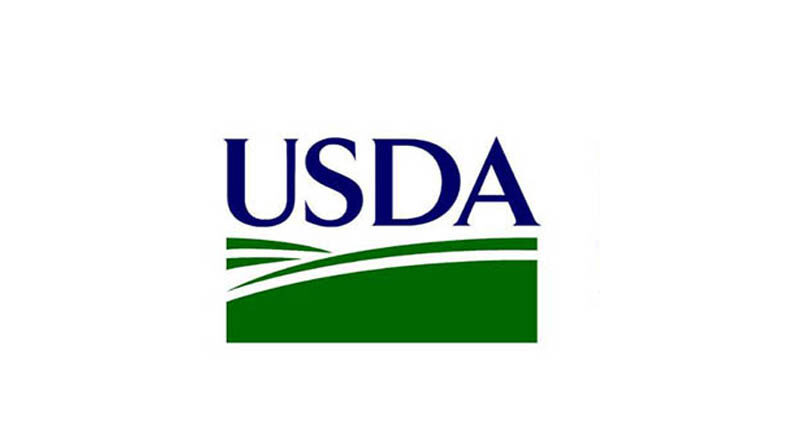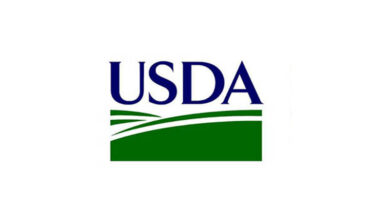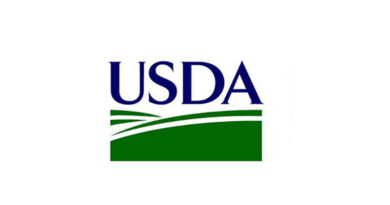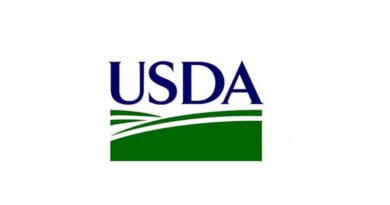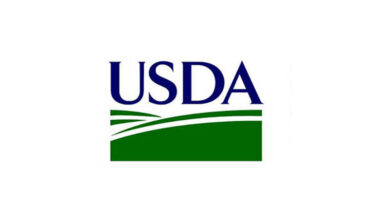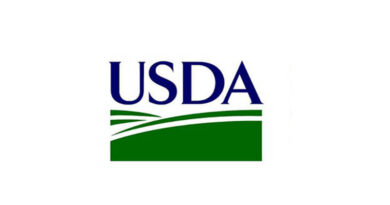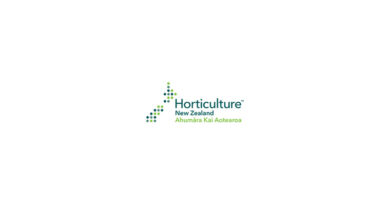USDA Continues to Move SNAP Participants Forward
4 January 2020, Washington, D.C: The U.S. Department of Agriculture today announced a final rule enhancing employment and training opportunities for Supplemental Nutrition Assistance Program (SNAP) participants.
Also Read: How to overcome water challenges in agriculture
SNAP participants have exclusive access to training and support services to help them enter or move up in the workforce through state SNAP Employment and Training (E&T) programs. The final rule makes a wide range of enhancements to these services to empower more SNAP participants to gain the skills, training, or work experience they need to move forward and into work.
“USDA has a long-standing commitment to increasing opportunities for SNAP participants to move towards and into employment. This rule continues USDA’s efforts to connect more SNAP households with the dignity and hope that work provides,” said USDA Deputy Under Secretary for Food, Nutrition and Consumer Services Brandon Lipps.
Background:
In March, USDA published the proposed rule, “Employment and Training Opportunities in the Supplemental Nutrition Assistance Program.” The rule published today finalizes many of those changes—improving E&T programs by ensuring that states use evidence-based strategies to help participants get the skills local employers need most, by requiring the use of case management services for E&T participants, and by allowing E&T funds to be used for subsidized employment and apprenticeships.
Today’s final rule underscores USDA’s commitment to improving SNAP E&T programs, in partnership with states. Each year, USDA provides more than $100 million for states to operate their E&T programs. In addition, if a state invests its own money or outside funding to improve its SNAP E&T programs, the federal government will reimburse the state for 50 percent of those funds. Beyond funding, USDA efforts to support SNAP E&T include:
Hosting the first ever SNAP E&T National Forum. The virtual, three-day conference took place Oct. 13-15 and connected more than 1,500 partners from across the country to share and learn best practices to promote and boost employment among SNAP households through state E&T programs.
Operating SNAP to Skills, which provides states and their partners with coaching and intensive technical support on how to build strong E&T programs. This year, seven states – Oregon, Colorado, Louisiana, Illinois, Kentucky, Pennsylvania, and Rhode Island – joined the 22 other states that have participated in SNAP to Skills since the program was launched in 2015.
Providing training, such as the SNAP E&T State Institutes and Learning Academies, to develop expertise in administering SNAP E&T among individuals, partner organizations, and state agencies across the country.
Issuing more than $6.7 million in SNAP E&T National Partnership Grants in 2020 to help four national nonprofit organizations expand program capacity and develop networks of third-party partners to serve SNAP participants.
USDA’s Food and Nutrition Service administers 15 nutrition assistance programs that leverage American agricultural abundance to ensure children and low-income individuals and families have nutritious food to eat. FNS also co-develops the Dietary Guidelines for Americans, which provide science-based nutrition recommendations and serve as the cornerstone of federal nutrition policy. Follow us on Twitter at @USDANutrition

